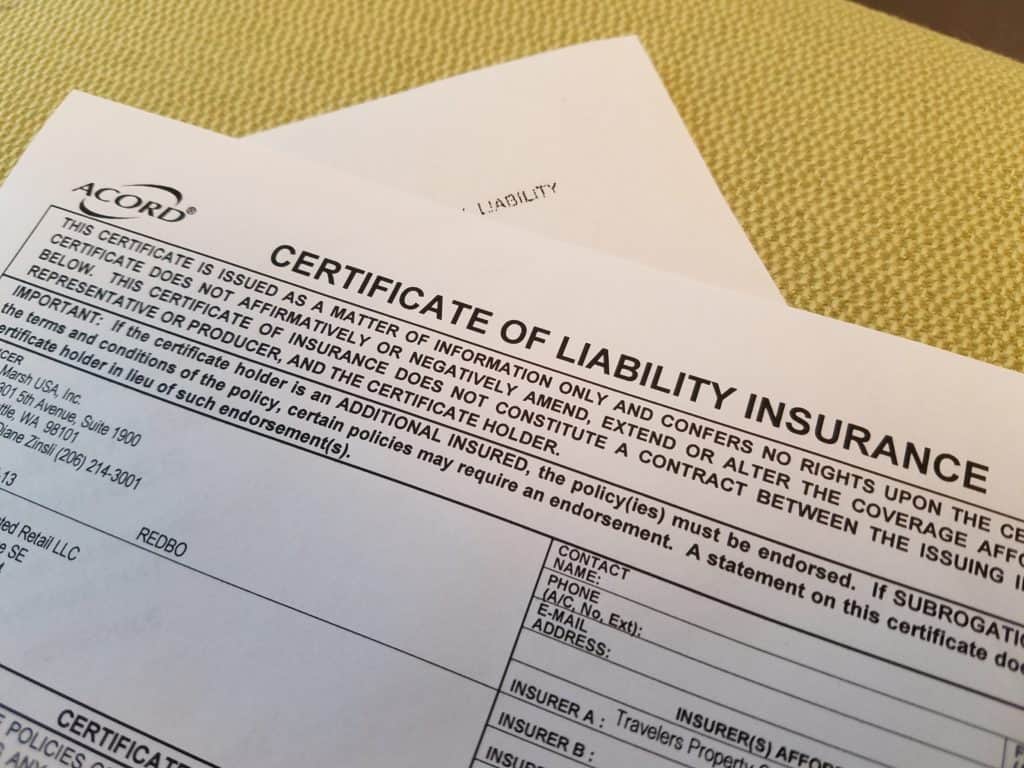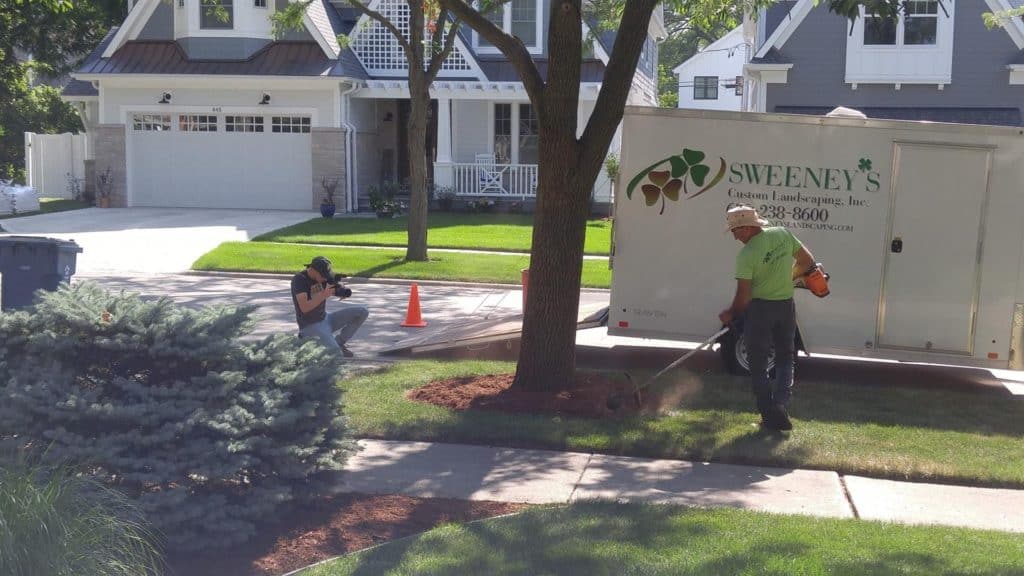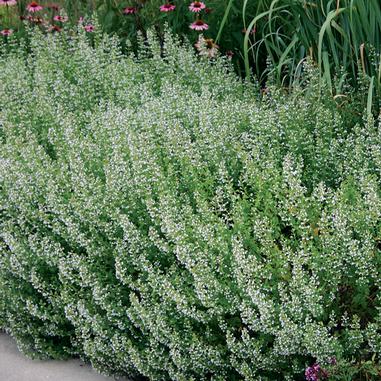
Sallow and weary, the landscape’s fresh, vibrant glaze became worn and cracked, like ancient pottery, as the bleached and brittle foliage cried out in despair. August’s dog days were upon us, and the relentless heat and lack of consistent moisture wreaked havoc on every living thing as if nature was calling her debt due.
Like nature, the universe seems to settle up, one way or another when we fail to perform our due diligence. When we turn a cheek to red flags in lieu of seemingly cheap prices. When we hire contractors who are neither licensed nor insured nor trained or experienced. We become enablers.
On the surface, these contractors may appear to be reputable, knowledgeable, and even charming. Their prices, many times, appear to be more attractive than other contractors, but I can promise you, you will not be saving any money. In fact, you’ll be putting yourself and your financial well-being at risk.

Contractors should carry two types of insurance – liability and worker’s compensation. Liability protects the homeowner should any damage occur to their home while the contractor is working, and worker’s compensation covers the contractor’s employees in the event an injury occurs on the job.
Many unsuspecting homeowners make the mistake of assuming the potential contractor is both licensed and insured. After all, could they really be doing business without either? The answer is, sadly, yes. There is no true regulating body out there who can stop these companies or ensure they carry the proper insurance. Eventually, however, the law may catch up with them, but usually only after the damage has been done. Other homeowners may assume the risk of an uninsured contractor because their prices are just too appealing. Operating under the belief that if anything does happen, their homeowner’s insurance has them covered. This is simply not the case. In many instances, unless you have purchased additional coverage for “in home” employees, homeowner’s insurance cannot and will not help, leaving you with a hefty bill, damaged home, and potential lawsuit.
In an effort to protect yourself, always vet the company first. Ask questions, check out their website, obtain a list of referrals, read through consumer reviews, ask for industry affiliations. If necessary, check with your local licensing authority and/or state and obtain a copy of any licenses, if needed. Ask the contractor for a certificate of insurance (COI) then call the insurance carrier to make sure the policy is current. A little work up front will help ensure successful completion of the job while leaving your sanity and finances in tact.

Many reputable contractors also align themselves with industry experts and associations whose mutual goals are to further educate, train, innovate, share best practices and ongoing safety programs. Through networking, training, workshops, publications and trade shows, companies are able to further develop their education and training while promoting the industry with a focus on environmental practices and stewardship, which are then passed on to the consumer. In order to become a member, most associations, in turn, vet the company itself, to be sure they are properly licensed and insured. In doing so, the consumer can be confident the potential contractor is valid and operating legally while attempting to hone their craft and further fuel their passion. The ILCA (Illinois Landscape Contractor’s Association) is one of them, and you can bet, we are proud members! In fact, Sweeney’s recently worked with the ILCA on shooting a commercial.
Savvy homeowners who do their research and refuse to hire these bogus companies will eventually drive them back into the shadows and eventually out of business, which is good for consumers and reputable contractors. Don’t be an enabler. If it sounds too good to be true, it probably isn’t. Feel free to reach out to Sweeney’s any time. We are fully licensed and insured for your protection and ours!
Plant of the Week

Photo of Lesser Calamint courtesy of Midwest Groundcovers
Lesser Calamint
Compact mounds of delicate white flowers bloom amongst mint-scented foliage June – October. As night time temperatures drop, flowers turn a soft lavender. Prefers full sun and moist, well-drained soil but will tolerate dry soil. Grows 18-24″ tall and 18-24″ wide. Attracts butterflies, honeybees and other pollinators.
“August, the summer’s last messenger of misery, is a hollow actor.”
-Henry Rollins
Best wishes,
Kim Sweeney
